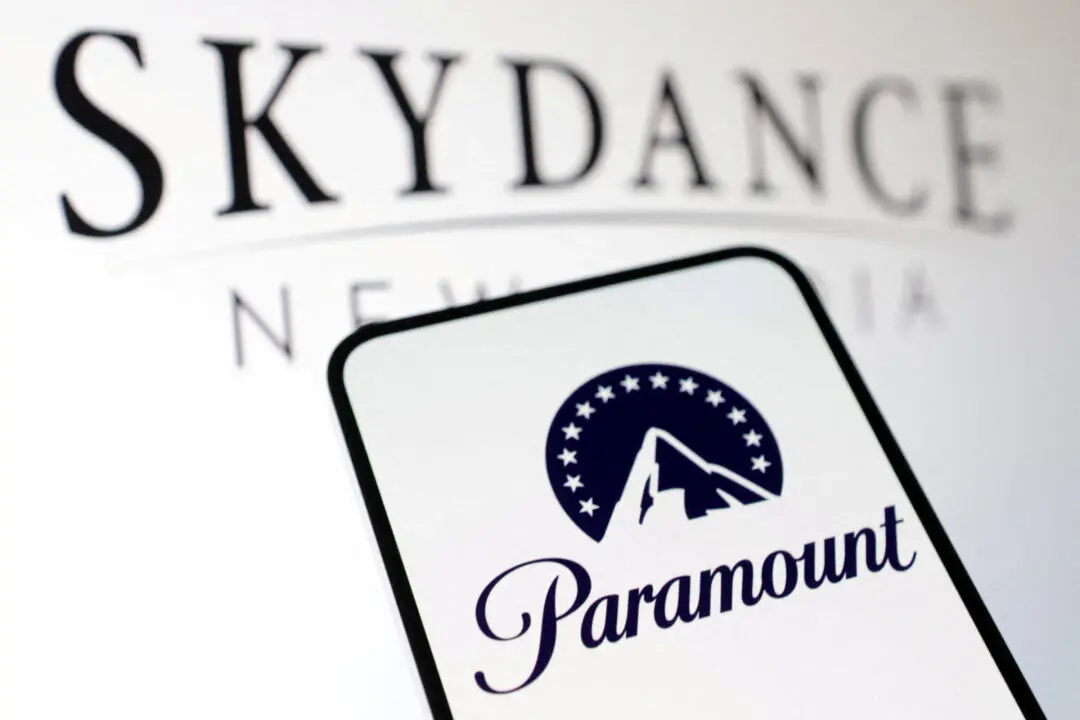The U.S. annual inflation rate rose for the second straight month as shelter and food costs added to price pressures last month.
According to the Bureau of Labor Statistics, the November annual inflation rate climbed to 2.7 percent from 2.6 percent in October.





